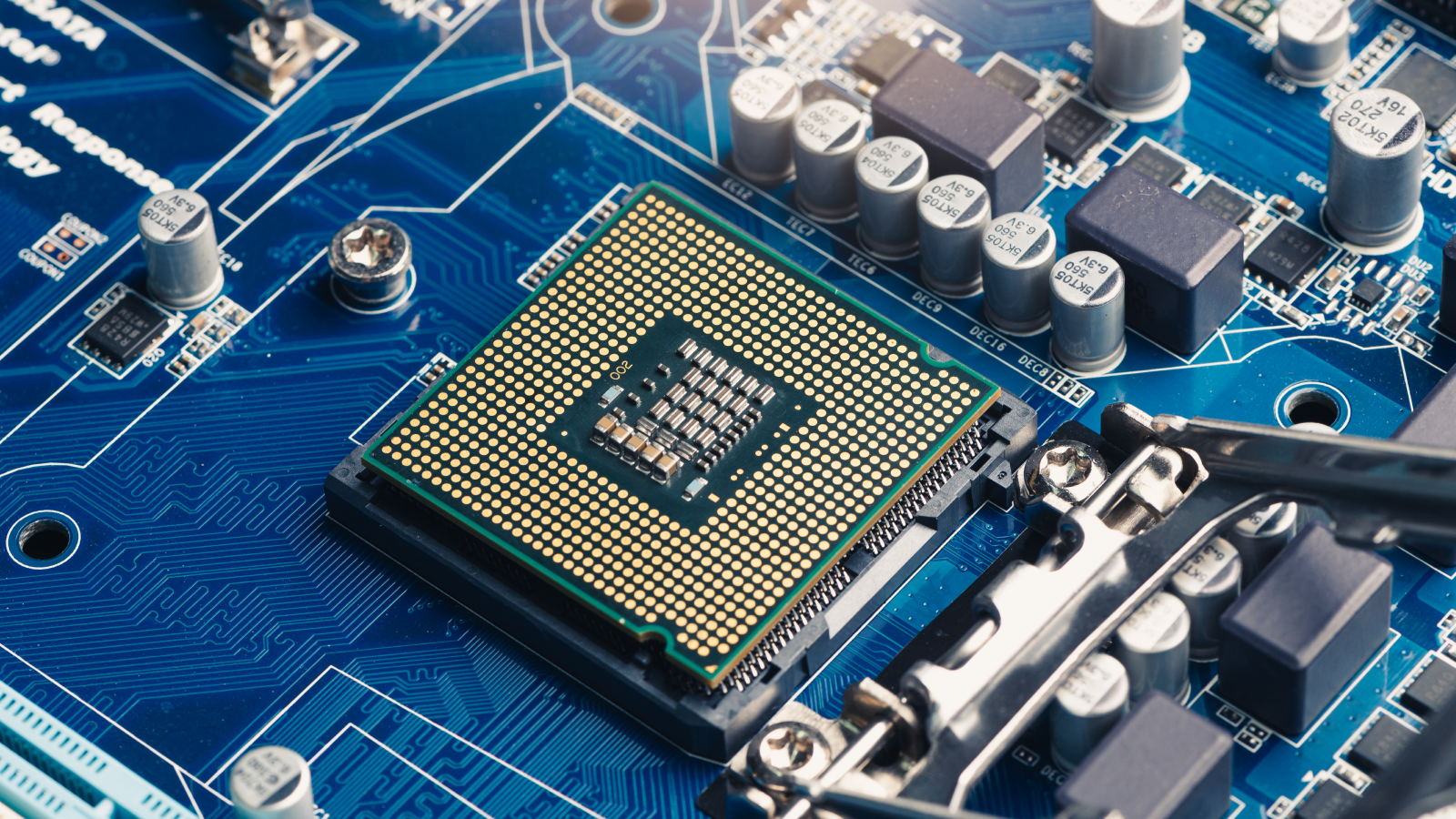“The new device is built from arrays of resistive random-access memory (RRAM) cells… The team was able to combine the speed of analog computation with the accuracy normally associated with digital processing. Crucially, the chip was manufactured using a commercial production process, meaning it could potentially be mass-produced.”
Article is based on this paper: https://www.nature.com/articles/s41928-025-01477-0



https://www.nature.com/articles/s41928-025-01477-0
Here’s the paper published in Nature.
However, it’s worth noting that Nature has had to retract studies before:
https://en.wikipedia.org/wiki/Nature_(journal)#Retractions
Not saying that we shouldn’t trust anything published in scientific journals, but yes, we should wait until more studies that replicate these results exist before jumping to conclusions.